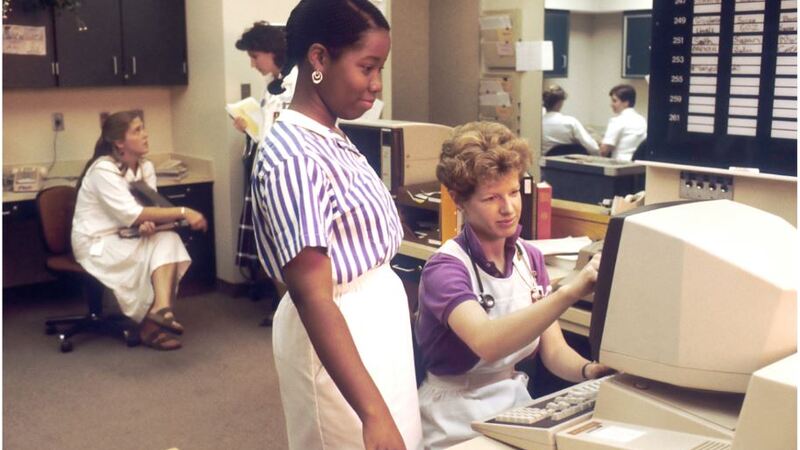ICD-9 CM to ICD-10 CM: Implementation Issues and Challenges
by: Anita Hazlewood 10/27/2020 Source: Ahima

ICD-10 chanllenges by N/A is licensed under unsplash Unsplash
ICD-9-CM is the United States’ modification of the “International Classification of Diseases”, Ninth Revision, developed by the World Health Organization. There is a lack of maintaining the code standard for ICD-9-CM, for example: tabular List is running out of numbers to assign for codes and in some cases, new code proposals could not be adopted because of the limited space adopted, Identifying, tracking, and managing public health risks and disease processes, and many more.
But there is a way of managing all of the above, and that is by RPA. It is a transformational technology that lets your enterprise automate various processes across business areas. This technology co-exists with business systems and allows your enterprise to realize ROI instantaneously. RPA enables you create software assistants which would help automate your business processes with minimal efforts and investment.
It is the most universally applied classification system for coding diagnoses, reasons for healthcare encounters, health status, and external causes of injury. The regulations regarding electronic transactions and code sets promulgated under HIPAA designate ICD-9-CM as the medical code set standard for diseases, injuries, or other encounters for healthcare services.
In testimony before Congress in May 2002, Sue Prophet, AHIMA’s director of coding policy and compliance, testified that “AHIMA believes that adoption of a replacement for the ICD-9-CM diagnosis codes is an absolute necessity, as ICD-9-CM is more than 20 years old (implemented in 1979) and has become outdated and obsolete”.
There are several problems with this current classification system including:
- The ICD-9-CM Tabular List is running out of numbers to assign for codes and in some cases, new code proposals could not be adopted because of the limited space.
- The current ICD-9-CM diagnosis codes do not provide sufficient clinical specificity to describe the severity or complexity of the various disease conditions. In particular, the codes for healthcare encounters for other than disease (V codes) do not provide enough specificity. Consequently, there are increasing requirements for submission of additional documentation in order to support claims.
- The exchange of meaningful healthcare data with healthcare organizations and professionals around the world is hindered by the fact that many countries are presently using ICD-10 or a clinical modification of it (Australia and Canada, for example, have modifications). Even in the US, mortality statistics (information on death certificates) have been collected using ICD-10 since 1999.
- The current ICD-9-CM system is ineffective for effectively monitoring utilization of resources, measuring performance, and analysing healthcare costs and outcomes.
IntelliBuddies® is here to help.
Intelligent automation can make robots sense, synthesize vast amount of information, automate entire process or workflows, learn and adapt on the go. The ICD process involves reading of tabular list and assigning codes, setting the severity and complexity for the diagnosis codes, monitoring resource utilization can be handled by automation very effectively with the following process designed in the Process Designer (IDE tool):
- Analyse the process of the workflow, create activities with a drag and drop interface using IDE tool, and connecting them to build a sequence for execution.
- Buddies (Software Assistant), the basic unit of automation executes the process that are built in the Process Designer.
- Control Room, a web application where deploy, schedule, manage, and monitor the Processes and Buddies. It is also used to manage automation.
Recent Articles







